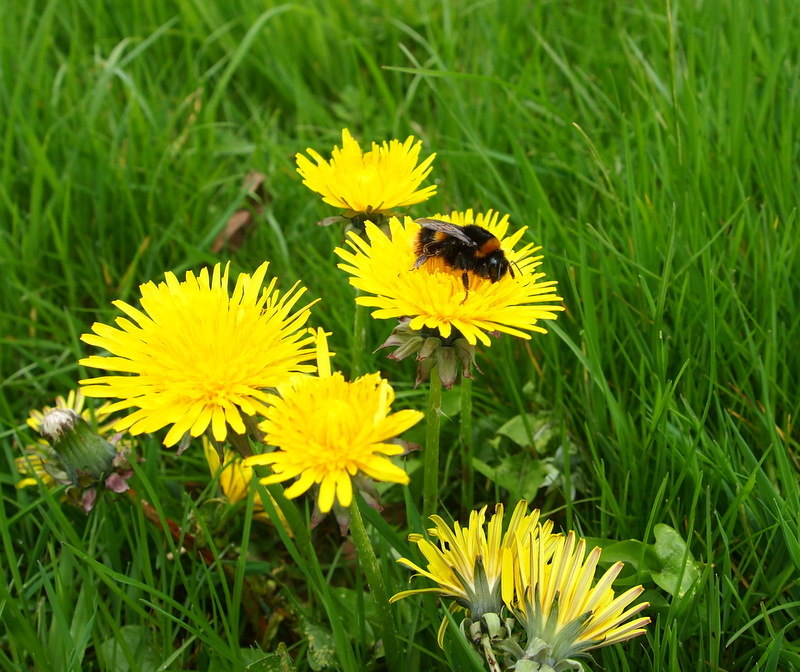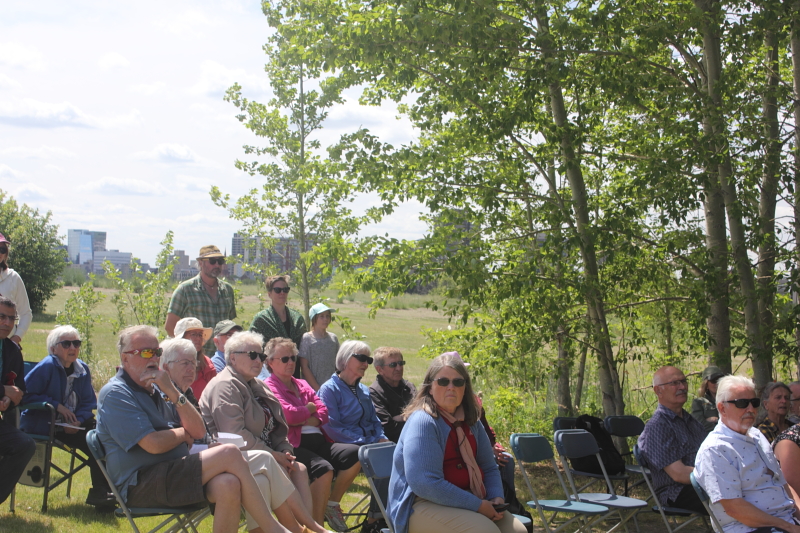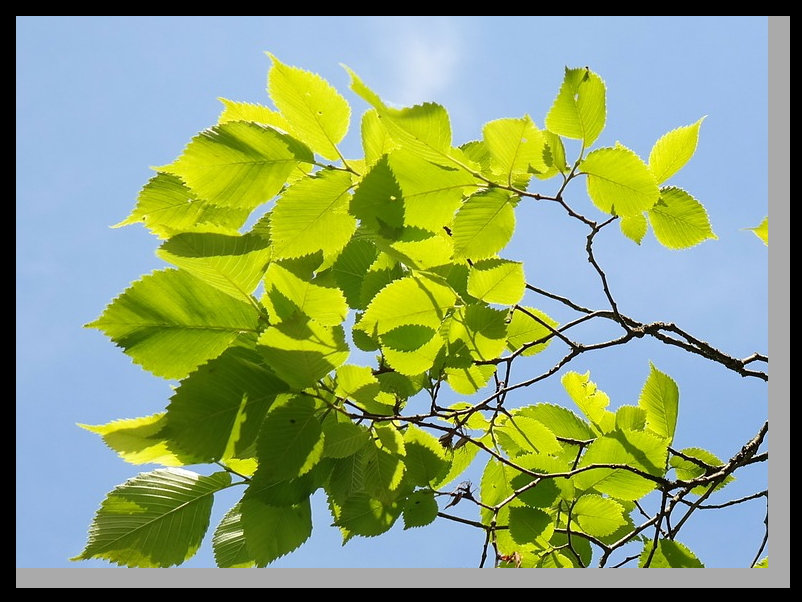Welcome everyone to the exhilarating kickoff of the Afforestation Area ParticipACTION Community Challenge! As we delve into this month-long extravaganza, we are thrilled to present the first week array of events designed to invigorate both mind and body while fostering a deep connection with nature.

Celebrate National Health and Fitness Day on June 1 by joining the ParticipACTION Community Challenge! Saturday, June 1 is National Health and Fitness Day in Canada, and the kick-off of the ParticipACTION Community Challenge presented by Novo Nordisk. Running from June 1 to 30, the challenge encourages everyone in Canada to get active throughout June, ultimately recognizing Canada’s Most Active Community and awarding it $100,000 to
support local physical activity and sport initiatives. There will also be a prize for the most active community in each province and territory, and ParticipACTION will recognize and award organizations that are championing the challenge in their communities. To help remove barriers to people getting active, we
encourage you to offer active opportunities on June 1 through open houses, free programming and more! Better yet, register your June initiative(s) on the
ParticipACTION website and help your community win! Thank you for support from ParticipACTION and @TDParksPeople!
Starting off with a burst of energy on National Health and Fitness Day, join us on Saturday, June 1st, at RSBBAA from 14:00 to 16:00 for the “Invigorating Inaugural ParticipACTION Community Challenge Event!” Let’s embrace the spirit of wellness together.
On Sunday, June 2nd, immerse yourself in the splendor of the great outdoors as we celebrate “Discover the Great Outdoors: A Celebration of Triumph and Unity” at GGURP from 14:00 to 16:00. It’s a day of exploration and camaraderie you won’t want to miss.
Monday, June 3rd, marks World Bicycle Day, and we’re gearing up for “Pedal Palooza” at RSBBAA from 19:00 to 21:00. Bring your bike, get ready to pedal your way to fitness and fun!
Join us on Tuesday, June 4th, at GGURP from 19:00 to 21:00 for “Wilderness Workout,” a thrilling group stretching and fitness session that promises to elevate your spirits and strengthen your body.
As we honor World Environment Day on Wednesday, June 5th, head over to RSBBAA from 19:00 to 21:00 for “Every Species Counts – Climate Action.” Engage with representatives from the Climate Hub as we delve into discussions on climate action and biodiversity conservation.
Thursday, June 6th, brings “Paws for Empathy” to RSBBAA from 19:00 to 21:00, a delightful dog-walking event Special Guest Speaker is arranged where you can learn more about service dogs, therapy dogs, and the profound bond between humans and canines.
On Friday, June 7th, embrace the thrill of running on Global Running Day with “Feel The Thrill” at RSBBAA from 19:00 to 21:00. Lace up your running shoes and hit the trails with us!
Saturday, June 8th, celebrates Gay and Lesbian Pride Month with “Pride in the Forest – Artistic Expressions” at RSBBAA from 14:00 to 16:00. Explore the natural diversity of 2SLGBTQQIA+ identities in the animal kingdom and beyond.
Closing out the week, Bike Week takes center stage from June 8th to June 16th, culminating in “Wheeling Wellness” on Sunday, June 9th, at RSBBAA from 14:00 to 16:00. Let’s ride towards better health and environmental stewardship together.
With events spanning from health and fitness to environmental awareness and community engagement, the Afforestation Area ParticipACTION Community Challenge promises an unforgettable week of connection, celebration, and growth. Join us as we embark on this inspiring journey towards a healthier, happier future!
Meet Councillor David Kirton During Arbor Week in May! Two exciting tree events coming your way!

For directions as to how to drive to “George Genereux” Urban Regional Park
For directions on how to drive to Richard St. Barbe Baker Afforestation Area
For more information:
NEW P4G District Official Community Plan
Richard St. Barbe Baker Afforestation Area is located in Saskatoon, Saskatchewan, Canada north of Cedar Villa Road, within city limits, in the furthest south west area of the city. 52° 06′ 106° 45′
Addresses:
Part SE 23-36-6 – Afforestation Area – 241 Township Road 362-A
Part SE 23-36-6 – SW Off-Leash Recreation Area (Richard St. Barbe Baker Afforestation Area ) – 355 Township Road 362-A
S ½ 22-36-6 Richard St. Barbe Baker Afforestation Area (West of SW OLRA) – 467 Township Road 362-A
NE 21-36-6 “George Genereux” Afforestation Area – 133 Range Road 3063
Wikimapia Map: type in Richard St. Barbe Baker Afforestation Area
Google Maps South West Off Leash area location pin at parking lot
Web page: https://stbarbebaker.wordpress.com
Where is the Richard St. Barbe Baker Afforestation Area? with map
Where is the George Genereux Urban Regional Park (Afforestation Area)?with map
Blogger: FriendsAfforestation
Tumblr friendsafforestation.tumblr.comFacebook Group Page: Users of the George Genereux Urban Regional Park
Facebook: StBarbeBaker Afforestation Area
Facebook for the non profit Charity Friends of the Saskatoon Afforestation Areas Inc. FriendsAreas
Facebook group page : Users of the St Barbe Baker Afforestation Area
Twitter: St Barbe Baker Charity Twitter:FriendsAreas
Please help protect / enhance your afforestation areas, please contact the Friends of the Saskatoon Afforestation Areas Inc. (e-mail / e-transfers )
Donate your old vehicle, here’s how!
Support using Canada Helps
Support via a recycling bottle donation
United Nations Decade on Ecosystem Restoration
- Use the UN Decade’s Visual Identity
- Make it your own
- Spread the word about the UN Decade
- Let’s Bring Back Forests
- Let’s Green Our Cities
““Be like a tree in pursuit of your cause. Stand firm, grip hard, thrust upward. Bend to the winds of heaven..”
Richard St. Barbe Baker





































